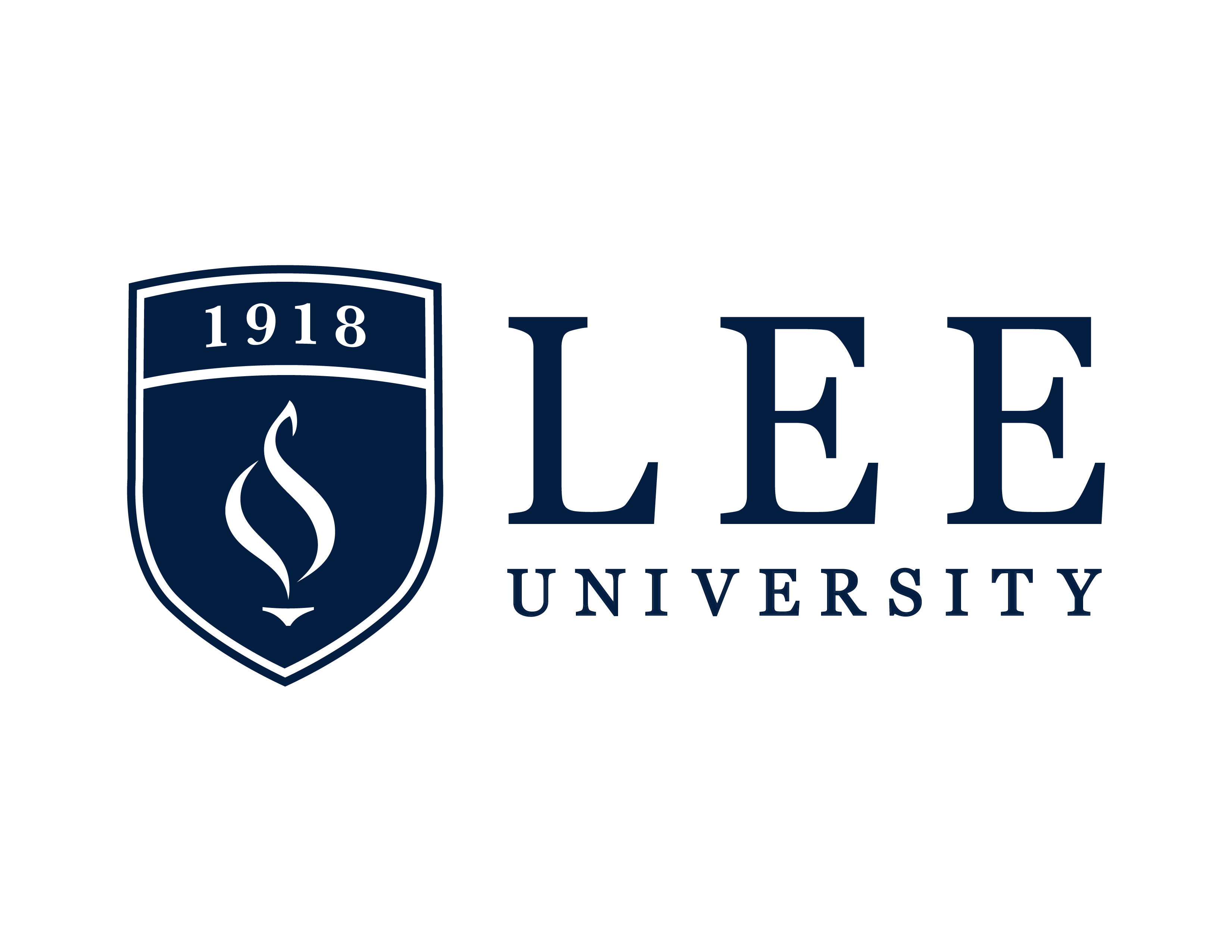Getting an opportunity to know and learn alongside people from different backgrounds is vital for preparing students for success in our global economy. With that in mind, the Lee University family appreciates diversity in many areas.
This year’s student body includes traditional and online undergraduate and graduate/doctoral students as well as special populations. Students come to Lee from almost all U.S. states and many different nations, though the majority are from the southeastern United States.
The Office of Racial and Ethnic Relations was formed to help racially, ethnically, and internationally diverse students, employees, and alumni know they are valued members of the Lee University community.
Lee has traditionally served many first-generation college students as well as students from low-income families. Diversity also extends to academic preparedness. Lee attracts a significant number of high-achieving students with, on average, 45-50% of traditional incoming freshmen qualifying for merit scholarships based on ACT scores, SAT scores, or High School academic achievement. Historically, 25% of students have scored at the 87th percentile or above, qualifying them for the top tier academic scholarships. Lee offers the Kairos Scholars program for students who seek a rigorous academic experience. At the same time, Lee welcomes and nurtures students who are behind academically, helping these students discover their potential and succeed by pairing students with a student success coach through our academic support center, The HUB, including support specifically for first-generation students through our LEAP program.
We are proud of our heritage as a Church of God-sponsored institution and our role in serving Church of God students and families. We are also honored to serve students and families from many other Christian denominations, including Church of God of Prophecy, Assemblies of God, Baptist, Catholic, Methodist, Independent/Non-denominational, and Presbyterian. Our chapel services reflect our diversity as the range of different ministers and musical groups demonstrates a wide variety of worship styles.
